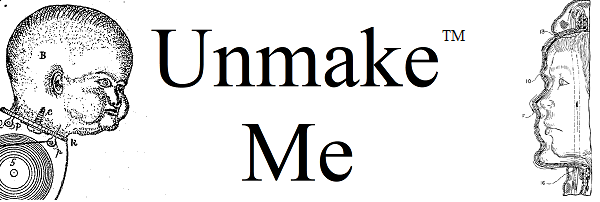In case the title doesn’t give it away, this one is kind of gross! Consider yourself warned.
Just like authors, inventors patent what they know, because they’re solving the problems they encounter. If they’re a scientist or engineer, there’s a decent chance that they have stumbled upon something genuinely new. If their lives are dominated by their children’s social calendar, they can end up taking the road most traveled.
That’s why the cake snot shield has been patented (or attempted) so many times. We’re going to go through these pretty quick, so here’s a (partial) list:
https://patents.google.com/patent/US8459456B2
https://patents.google.com/patent/US9402490B2
https://patents.google.com/patent/US20030136277A1
https://patents.google.com/patent/US20040244604A1
https://patents.google.com/patent/US20040224271A1

Twenty-eight cakes later.
Although these were all filed well before the COVID-19 pandemic, they strike on an essential grossness that we have all taken to heart in the past two years.
The age-old problem with birthdays and other occasions involving cakes with candles atop is one of sanitation relating to the task of blowing out the candles. When the celebrant blows out the candles, the liquid wash which emanates from his or her mouth descends upon the cake possibly infecting it with a deluge of germs, fluids, and perhaps other debris.
USP 8,459,456, col. 1, lns 20-25

It’s pretty common for patents to tell you exactly why you might find the invention useful, but these seem to revel in it. It isn’t enough, apparently, to say the shield protects the cake when blowing out candles. Rather than letting us figure it it, we get prose like this:
While the blowing out of birthday candles is a fun and whimsical act for birthday celebrants, it carries the risk of potential harm to the other partygoers. Each exhalation by the candle blower sprays small droplets of saliva across the birthday cake surface. If the birthday celebrant is sick, he or she may inadvertently spread germs across the cake surface, where other partygoers can ingest the germs.
USP 9,402,490, col. 1, lns 34-40
Now, I am no expert in the fields of epidemiology or sneeze guards, but most of these design seem to share a common flaw: They are full of holes.

The timing of a number of these applications is actually very telling. There was a burst of cake shield patent applications that were published in 2003 and 2004, which means they were filed shortly after the first SARS outbreak in 2002. This one actually calls SARS out as the motivator for the invention:
Recently, SARS has become a public health concern. SARS (Severe Acute Respiratory Syndrome) is thought to be transmitted via airborne germs. Many people are currently wearing filtering type masks to prevent becoming infected with SARS and other airborne diseases. Breathing by those outside of one’s immediate family, even sometimes within ones’ immediate family, onto food which is about to be ingested carries health risks and is not a pleasant thought.
USPP 2004/0224271, ¶4
We are now 18+ months from when COVID-19 hit the United States. That means all of the face mask patent applications are going to start publishing soon. Hopefully, in twenty years, they will seem as goofy as these cake shields do.


One thought on “The Cake Spit Shield(s)”